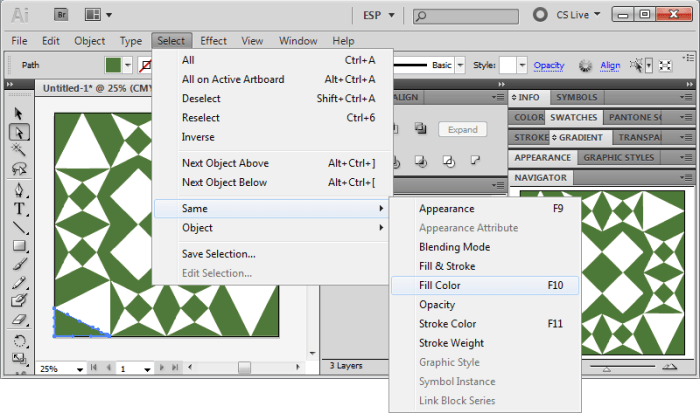Overview of Home Renovation Materials
Selecting the right materials for home renovation projects is crucial as it significantly impacts the quality, durability, and aesthetic appeal of the finished space. Every renovation project requires careful consideration of materials to ensure that they meet both functional and design needs. Common materials used in home renovations include wood, metal, glass, and various types of concrete. Each of these materials comes with its own set of benefits.
For instance, wood is valued for its natural beauty and versatility, while metal provides durability and strength. Glass can enhance natural light and create a sense of openness, whereas concrete is known for its robustness and longevity. Factors influencing material selection encompass durability, aesthetics, cost, and environmental impact, making it essential for homeowners to weigh their options carefully.
Types of Materials for Structural Renovations
Foundational materials like concrete, wood, and steel play a critical role in structural renovations. Each of these materials has unique properties that affect the overall integrity and longevity of a structure.
- Concrete: Known for its strength and durability, concrete is a common choice for foundations due to its resistance to weathering and load-bearing capabilities.
- Wood: Often used in residential framing, wood provides flexibility and ease of installation, but it may be prone to rot and insect damage.
- Steel: Offers superior strength and is often used in modern buildings for framing and roofing. It requires less space than wood but can be more expensive.
When comparing traditional materials like wood and concrete with modern materials such as steel and engineered wood, it’s essential to consider their pros and cons. Traditional materials typically offer better insulation properties, whereas modern materials may provide higher strength-to-weight ratios.
Interior Finishing Materials
The aesthetic appeal of a home is largely determined by its interior finishing materials. Popular options for walls, ceilings, and flooring include drywall, plaster, and a variety of flooring solutions like hardwood, laminate, and tiles.
| Type of Flooring | Specifications | Best Applications |
|---|---|---|
| Hardwood | Durable, timeless, refinishable | Living rooms, bedrooms |
| Laminate | Cost-effective, scratch-resistant | High-traffic areas |
| Tile | Water-resistant, comes in various designs | Kitchens, bathrooms |
Paint is another crucial aspect of interior finishing. Different types of paint, from matte to gloss, can radically change the ambiance of a space. Low-VOC paints contribute to better indoor air quality, making them suitable for living areas.
Eco-Friendly Renovation Materials
Sustainable materials are increasingly being utilized in home renovations as homeowners become more environmentally conscious. These materials include bamboo flooring, recycled glass countertops, and reclaimed wood. Using recycled materials not only reduces environmental impact but also offers unique aesthetic characteristics to spaces. Local sourcing of eco-friendly supplies can often be achieved by visiting local reclamation yards or specialty sustainable building supply stores.
Cost-Effective Materials for Budget Renovations
Choosing cost-effective materials is possible without compromising on quality, especially if homeowners know where to look. When selecting budget-friendly materials, it is essential to consider durability and maintenance costs over time.
- Vinyl flooring: Affordable and easy to maintain.
- Laminate countertops: Mimics the look of stone without the high price.
- Plywood panels: An economical option for cabinetry and furniture.
Many retailers offer discounts, especially during off-peak seasons. Shopping at clearance sales or using online marketplaces can also yield significant savings on renovation materials.
Trends in Renovation Materials
Current trends reveal a shift towards materials that combine aesthetics with functionality. Innovative materials like eco-friendly composites and advanced insulation solutions are gaining popularity.
| Traditional Materials | Trending Materials | Performance | Cost |
|---|---|---|---|
| Wood | Engineered wood | High stability | Moderate |
| Concrete | Reinforced concrete | Enhanced durability | Higher |
These materials not only fulfill functional requirements but also cater to aesthetic preferences, making them ideal for modern home renovations.
Tools and Techniques for Working with Renovation Materials

Having the right tools is vital for the successful implementation of renovation projects. Essential tools for working with various materials include saws, drills, and measuring devices.Proper installation techniques can vary depending on the material. For example, when installing flooring, ensuring a level subfloor is crucial for preventing future issues. Regular maintenance, such as sealing and cleaning, can prolong the life of materials, ensuring they remain in good condition.Safety measures are paramount when handling renovation materials.
Using appropriate personal protective equipment (PPE) and following safety guidelines can prevent accidents and injuries during renovation work.
Common Mistakes in Material Selection
Homeowners often make common mistakes when selecting materials, such as prioritizing aesthetics over functionality or not considering long-term costs. To avoid these pitfalls, it’s essential to conduct thorough research and consider the specific needs of the renovation project. A checklist for evaluating materials before purchase should include factors like durability, cost, maintenance requirements, and compatibility with existing structures.
![Everything You Need To Do Before a Home Renovation [Infographic]](https://seekhelpifneeded.info/wp-content/uploads/2025/10/5e5e5e06df4ecc31cb111a27_20161229_102633.jpeg)

